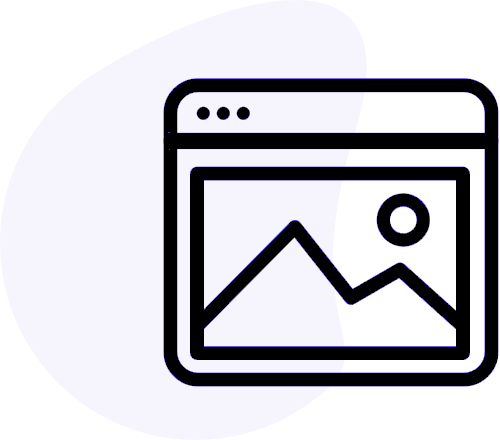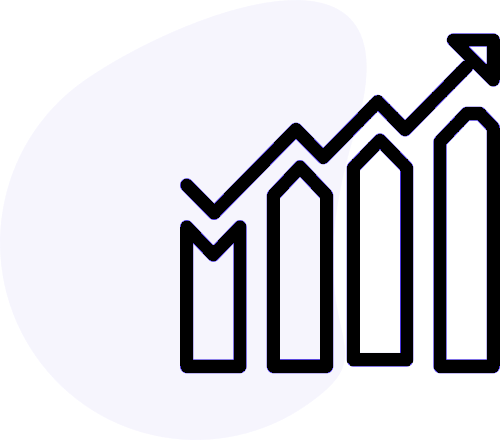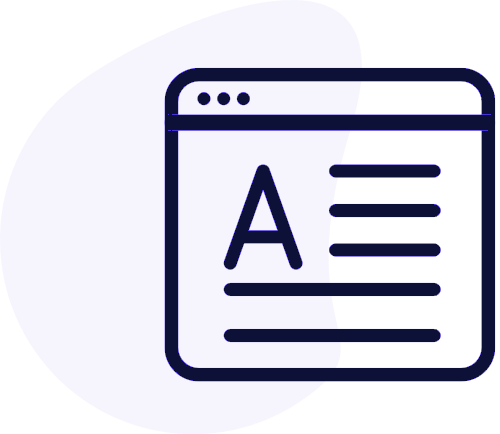Homepage
Your homepage is the front door of your store, so it must be designed to draw in visitors and encourage them to make a purchase. Your homepage should also have options for encouraging newsletter sign-ups.
Here are some tips for creating an effective homepage:
Keep it simple and easy to navigate. The number one thing people want from an e-commerce website is the ease of use; don’t make things more complicated than they need to be by adding unnecessary links or information on your homepage.
Designate certain areas as “landing pages.” This can be done by highlighting certain products or categories with links that lead directly back into those sections of your site, allowing you to direct traffic more specifically towards those items rather than having them browse through every category before reaching what they’re looking for.
Category Page
The category page is the first page customers see in your store. It’s important that it be well organized, easy to find and browse through, searchable, and navigable.
On the category page:
**Organize categories into subcategories or sections if they don’t easily fit into one listing. If you have a lot of products within a category, consider using filters to narrow down what users can find quickly.
**Make the top navigation menu clear and easy to read; make sure it has links for all relevant pages (e.g., Homepage, About Us). If there are multiple ways of viewing products—by name or by rating—let people choose which way they prefer rather than forcing them into one option only.
Product Page
Product Page: This is one of the most important pages in your store, and it’s also probably the most important page for customers. The product page should be attractive, informative, and easy to navigate. It should provide all the information that a customer needs before deciding whether or not they want to purchase that particular product.
About Us Page: Your “About Us” page is a great way for you to tell visitors about your brand and its story. Tell them what makes you different from other companies in your industry and give them examples of why they should buy products from you instead of someone else.
Mobile Responsive Pages
Mobile responsive pages are important for SEO, customer experience, sales, brand reputation, and image.
Mobile responsive pages improve your chances of being ranked higher in searches. This is because Google’s algorithm considers the mobile-friendliness of your site as a ranking factor for mobile users. Mobile-friendly websites have a higher chance of being found on search engines compared to non-mobile-friendly websites. When you make sure that all your major landing pages are mobile-friendly, you will increase your chances of getting more traffic from search engines like Google and Bing.
Mobile responsive pages improve the user experience of your customers visiting the website with different types of devices like desktops, laptops, smartphones, or tablets because they do not need to zoom in or out to read content when they visit the store page on their smartphones or tablets (that is if they are using browsers that support responsive design). This improves conversion rates significantly since visitors will be able to find what they want faster than before when there was no option available except zooming in/out which could be frustrating sometimes, especially if people have never used something like this before
About Us Page
About Us. The “about us” page is a great place for you to tell your story and build trust with potential customers. It’s also a chance to highlight any awards or accolades you might have won, as well as any certifications you may have earned.
Contact Us. A contact form is always good for allowing visitors to get in touch with you quickly and easily. Include the usual info such as phone number, email address, and website URL (as well as social media handles if appropriate). You can also add additional information such as business hours or office locations in case people want to stop by in person instead of just dropping off an email request.
While other pages on your website can help your visitors, they ultimately need to see the product before they buy.
While other pages on your website can help your visitors, they ultimately need to see the product before they buy. The product page is where you show off everything that makes your business unique, including all the features and benefits of what you sell. The more information you can include about your products, the better chance you have at making sales.
Product pages should be easy to navigate and provide clear calls-to-action (CTAs) so that customers know how to purchase from you. This can be accomplished by using photos with descriptive captions below them; bullet points are also effective for this purpose if there’s limited space available on screen resolution devices such as smartphones or tablets:
Product description
Product price
We Solve Real Problems
Some of Our features

Updates
Website maintenance and updates

SEO
Search Engine Optimization for a better presence

Freindly Support
Fast Response and Friendly Support
